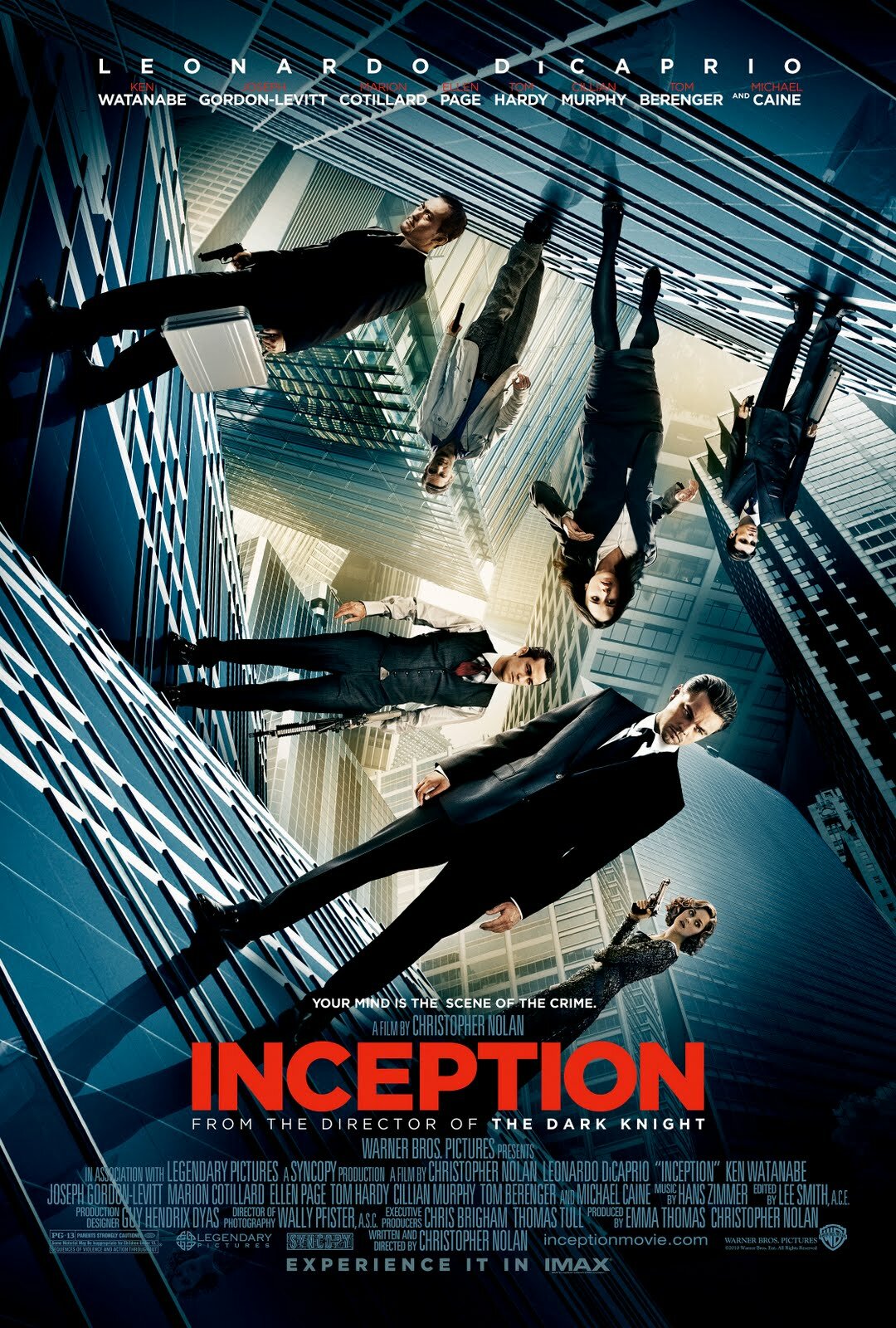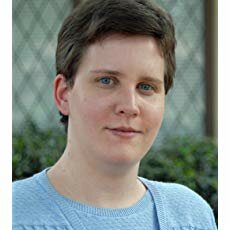“Inception” is a 2010 blockbuster starring A-list talent. “Lathe of Heaven” was a cheaply-made movie based on a book by Ursula K. Le Guin. There are a variety of similarities between them, though each has its strong points.
Spoiler warning: we’re spoiling everything.
How the Subconscious Relates to the Real World
The first thing I recognized connecting these movies was how the subconscious relates to the real world. In “Inception” they invade someone’s dreams to plant ideas that affect the person’s behavior in the conscious world. In “Lathe of Heaven” a counselor learns that one man’s dreams alter the real world and starts to manipulate him in an attempt to change the conscious world. Both of these movies are science fiction, though they differ in technologies and world-building.
In “Inception” the characters have technology that lets a trained person enter the dreams of the target. The tech is so mature that there are trained professionals burned out to the point they can’t sleep and dream without drugs, while high ranking individuals have been given “defensive” training. These are the dream ninjas that Leonardo DiCaprio’s team encounters at one point while trying to reprogram their target’s subconscious.
“Lathe of Heaven” is in some regards simpler. Only one man has this ability, and he is resisting it with all his might. Others think he’s crazy. Then again, if your powerful dreams could totally remake the world, then that might indeed erode your sanity though what you’re doing is really affecting the world.
Character Development
The lead character in “Inception” is a widower who desperately wants to go home. He takes a job he’s reluctant to take in the hope of achieving his own dream – seeing his children again without fear of arrest for his wife’s suspicious death. Depending on your interpretation of the ending, it is likely he did this.
Spoiler warning – if his wedding ring is his totem or reminder that he’s in a dream, then he’s home at the end because he isn’t wearing it in the final scene. (The other hint this is true is that his children are wearing different clothing than what they did the last time he saw them.)
By the end of “Inception” the main character has accepted his guilt over his failed attempt to help his wife after they spent a de facto lifetime at the end of the subconscious. He lets go of that guilt and his wife’s ghost, something that literally haunted him and undermined his prior missions.
The main character of “Lathe of Heaven” is a worn-down, sleep-deprived shell when we first meet him. He’s forced to see the counselor because he continues to beg for sleeping pills. The counselor then guides him through dreaming sessions before realizing that the main character CAN change reality through his dreams. Then the protagonist is left struggling for control over his abilities, even as he seeks to correct the damage of the counselor’s good intentions along with a few of his own mistakes.
“Lathe of Heaven” is interesting in that you see the horrifying ends by which various utopian goals are achieved. The character tries to imagine a world without racism, but it leaves everyone with gray skin. Worse from the main character’s perspective is the fact that his would-be love interest and the only other person who believes him doesn’t exist in this world, because she’s a black woman. He tries to envision peace on Earth, and he gets it by the world uniting against an alien invasion – and an alien invasion. An attempt to fix over-population involves several billion deaths by disease. Utopia is therefore impossible unless you go through a dystopia to get there, and that’s why it isn’t really possible. (Especially if you realize you may go through the horrors of dystopia and never get to the utopia that was the justification for it all.)
Plotting
Both of the villains in these movies want power. The villain of “Inception” is seeking to get the heir to a company to sell it to him, and he’s blackmailing the team in “Inception” to take the job on the promise that the lead character goes home.
The villain of “Lathe of Heaven” is a richer character. He initially intends to help his patient with his delusions before realizing they are real. Then he tries to guide his patient into taking action he thinks is best for the world, regardless of the repeated, terrible consequences. Modern literature and movies tend to have stock villains who are purely evil or clearly insane. “Lathe of Heaven” harkens back to the days when we realized the road to Hell could be paved by good intentions, and that we could end up with horrors resulting from the attempt to make a “better” world.
Ironically, the counselor does end up curing the patient by having him dream that his dreams no longer change things. This was done so that the counselor could have full rein in remaking the world himself. When he learns what his patient already knew, that the world had been ruined in a nuclear war and his dreams were what sustained the real world, the villain falls into a coma while the reformed world stabilizes in a weird but stable and peaceful collection of all the other realities. The main character of “Lathe of Heaven” sees his love interest, but she hardly knows him. He recognizes he has a second chance with her as does the world. The viewers learn that trying to totally remake the world could destroy what is best or ruin it altogether. At the end, the world is flawed, complex but continues on – and that’s an achievement in and of itself.



Comments
Leave a Reply